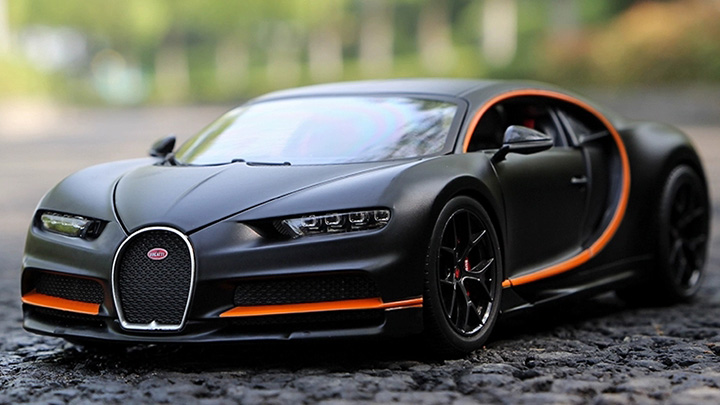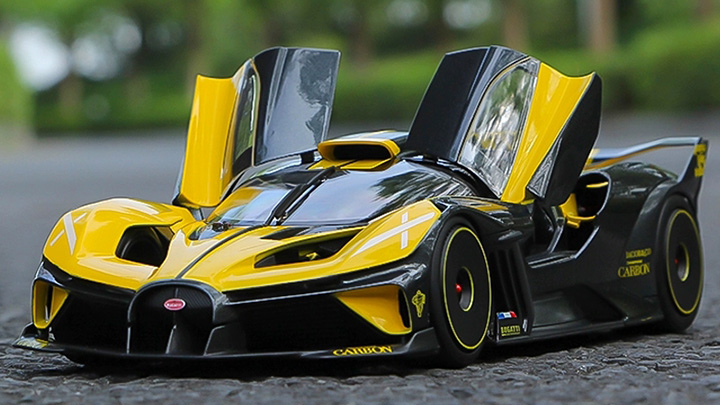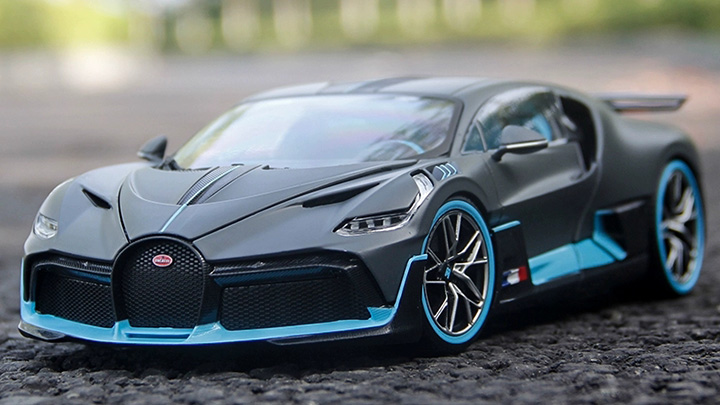The Collectible Value of Car Models: A Timeless Passion for Enthusiasts
Car model collecting is more than just a hobby—it’s a form of investment, artistic appreciation, and automotive passion. From classic vintage replicas to modern supercar miniatures, car models have long fascinated collectors for their realism, detail, and historical value. But what determines the collectible value of a car model? Why are some models worth just a few dollars while others can fetch hundreds or even thousands?
In this article, we explore the key factors that influence the value and investment potential of collectible car models.
1. Rarity and Limited Editions
One of the most important aspects that add value to a car model is how rare it is.
- Limited production runs, especially those with individually numbered units, tend to become more valuable over time.
- Discontinued models from reputable brands may appreciate in value once they’re no longer in production.
- Special editions released to commemorate events, anniversaries, or famous drivers are often sought after.
Example: A limited edition 1:18 Ferrari model produced by AUTOart or BBR in a run of only 500 units can become a prized collector’s piece.
2. Brand Reputation
Not all model manufacturers are created equal. Some brands are known for producing high-quality, detailed, and authentic replicas, which naturally carry more value.
- High-end brands: AUTOart, CMC, BBR, Amalgam
- Mid-range brands: Minichamps, Kyosho, Norev
- Entry-level brands: Maisto, Bburago, Hot Wheels (basic lines)
Collectors usually gravitate toward trusted names when building valuable collections.
3. Scale and Detailing
The scale of a car model (e.g., 1:18, 1:24, 1:43, 1:64) impacts both its display appeal and value.
- Larger scales (like 1:18) usually offer more intricate details: opening doors, engine compartments, realistic interiors, and functioning parts.
- Fine craftsmanship such as hand-painted finishes, real fabric seatbelts, or photo-etched parts increases desirability.
The more realistic and well-made the model is, the higher its collectible value tends to be.
4. Condition and Packaging
Just like with comic books or action figures, condition is crucial.
- Mint condition models with original packaging are the most valuable.
- Boxes, certificates, and even factory seals play an important role in resale value.
- Any scratches, dents, or missing parts can drastically lower the model’s worth.
Tip: Store and display your models carefully to preserve their condition.
5. Historical or Emotional Significance
Some car models gain value due to their cultural or historical importance, such as:
- Replicas of iconic race cars (e.g., Formula 1 champions, Le Mans winners)
- Vintage models from car brands that no longer exist
- Cars featured in movies or TV shows (e.g., James Bond’s Aston Martin, Fast & Furious cars)
Emotional connection also drives up demand. A model of someone’s first real car or dream car can be more valuable to a collector than its retail price suggests.
6. Market Trends and Community
The value of a car model can fluctuate based on collector demand, trends, and exposure in collector communities.
- Active forums, exhibitions, and online marketplaces like eBay and DiecastXchange can give insight into what’s hot.
- New interest in certain models or brands can increase value, especially among younger or international collectors.
Conclusion: More Than Just Miniature Cars
Car model collecting blends nostalgia, design, and investment into a unique hobby. While not every model will appreciate significantly in value, those that meet the criteria of rarity, quality, condition, and cultural significance can become valuable collector’s items over time.
Whether you’re collecting for fun, passion, or profit, each model is a celebration of automotive history—and that alone gives it lasting worth.



